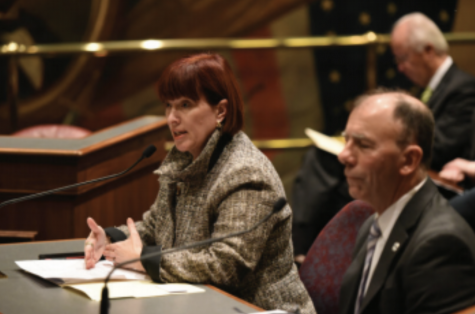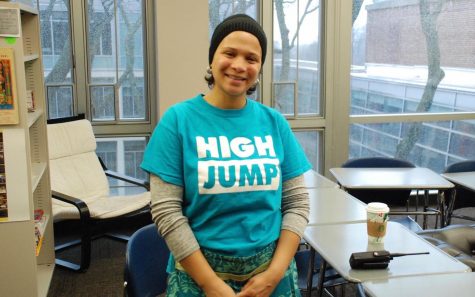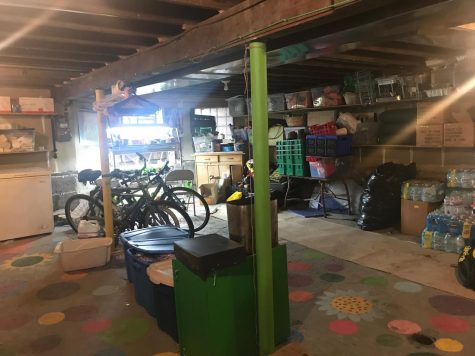The Evolution of a Library
How Chicago Public Libraries Are Evolving to Meet Modern Needs
Parker’s new library has been in use for nearly a year now. Responding to the changing needs of research, the school exchanged reference manuals for collaborative study spaces and sacrificed shelving space to house a maker’s space. But over a mile away, on Fullerton and Racine, there lies another reading resource: the Lincoln Park branch of the Chicago public library.
Parker’s local public library has been open for over 20 years and circulates around 10,000 books. The librarians there are trying to adapt. “Libraries are definitely changing,” children’s librarian Anne Ridick said as she organized bottle caps and superglue on a plastic tablecloth for a crafting event that would take place that evening. “They’ve become more of a place to go learn, but we still need to have books. We circulate so many books, they’re checked out constantly. So I think we can do both, but it puts a lot of pressure on the librarians.”
Ridick feels a push for librarians to become renaissance men (or women): not only are they expected to give the book-related advice associated with their careers, but they are expected to host lectures, organize craft programs (the one Ridick was organizing involved making bottle cap pins for children’s backpacks), and even teach patrons how to use the internet.
Mary Jo O’Toole, the Lincoln Park Branch Manager, who has been working in libraries since high school in the ‘70s, has subsequently been a firsthand witness to their evolution. “I remember the small town libraries where you’d sign your name on a card,” O’Toole said, walking into the staff room behind the check out desk.
The room was full of desks and shelves of books, some ready to be placed on the shelves for circulation, others waiting to be given away. “By the time I went to library school, computers were everywhere, basically,” O’Toole said. “Automation started happening pretty early on, by the late 80s, early 90s for sure. And then the internet came along, probably five years after that. So things really started to change from a place where you would go for books and for stories.”
O’Toole’s job changed along with libraries. “We used to get a lot of reference questions, helping people look through books, finding information that they needed,” O’Toole said. “But once the internet took hold, more and more people know how to do their own research.”
Back at Parker, Upper School Librarian Annette Lesak agreed. “With the internet, information is ubiquitous,” she said. “Anyone can find a piece of information. Librarians’ roles are changing from being the gatekeepers of that information to helping people use that knowledge in ways that can benefit them.”
Many of the changes that accompanied Parker’s library renovation, such as the addition of new technology and the evolution of the roles of the librarians themselves, are similar to those occurring at the (non-renovated, but nonetheless evolving) public library. However, the public librarians revealed something else.
The LP library is, for many of its patrons, what O’Toole and Ridick call a “third place”– somewhere that isn’t work (or school) or home. They pointed out that they have a room of toys for parents who may not have many at home, so children can play (something Ridick points out is essential for their growth). There is also a teacher in the library: a CPS teacher who comes to the library in the afternoons to help students with their homework if their parents work late. Some elderly patrons, Ridick noted, come to the library simply to “be social.”
Despite the public library’s resources, Lesak pointed out that very few Parker students ever use it. “I’ve kind of informally asked people who has a library card,” she said. “When I ask a class, I would say about two out of 20 have a public library card. So I would say very few students use the public library.” Lesak noted that this is probably a result of the affluence and access to resources of Parker’s population — being able to afford books (or five million dollar library renovations), she added, is not an option for everybody.
Money plays a significant role in being able to make changes happen in libraries, Lesak said. “Chicago Public Libraries, to my knowledge, is decently funded, but certainly not as well funded as an independent school that can do fundraising for a project like a library,” Lesak said. “We definitely have an advantage at our school to get the most cutting edge materials to respond to the changing nature of libraries.”










